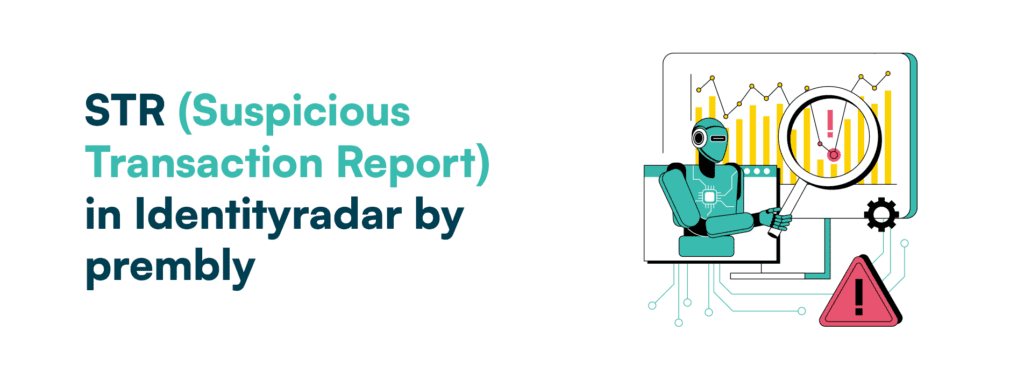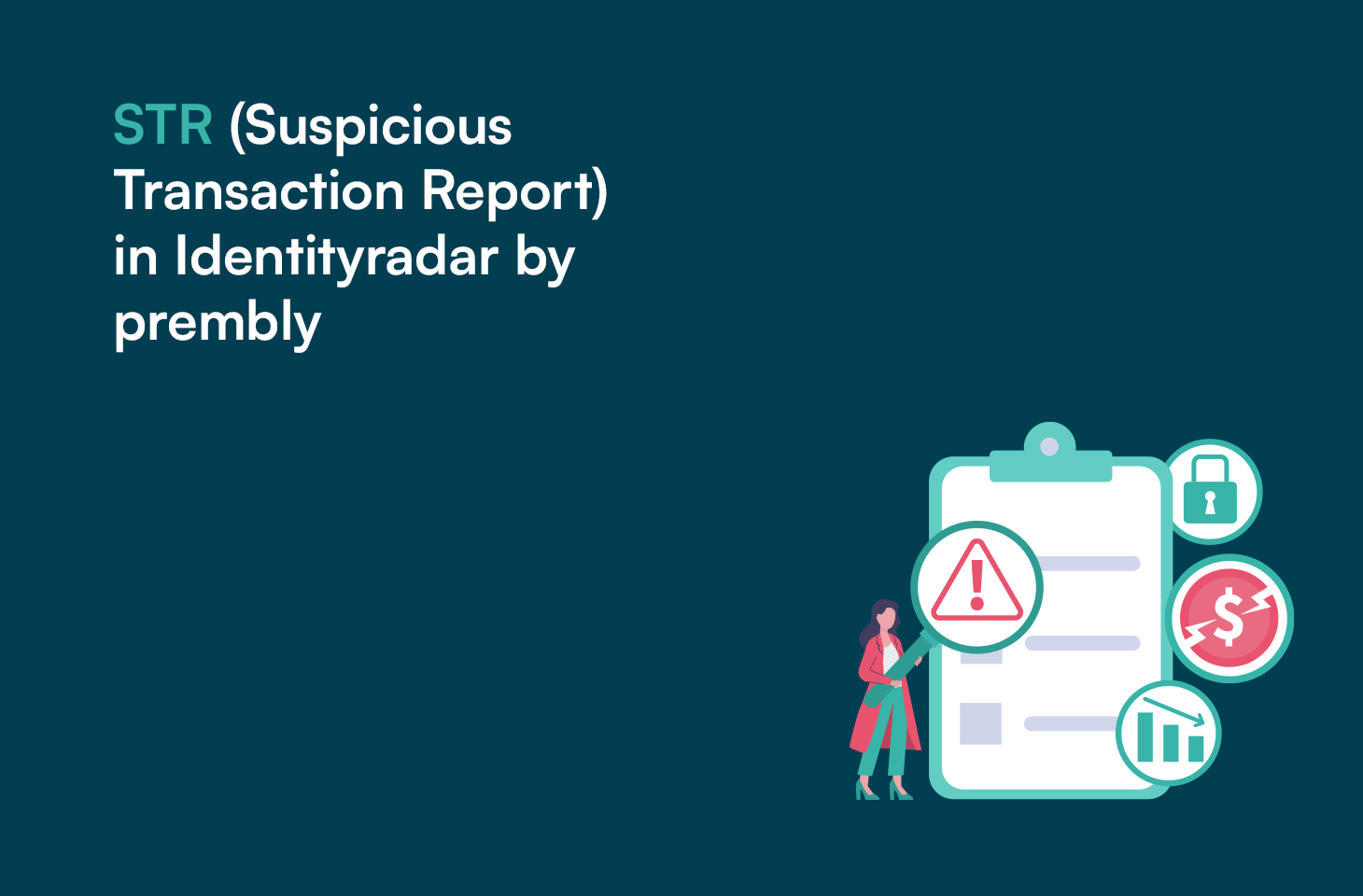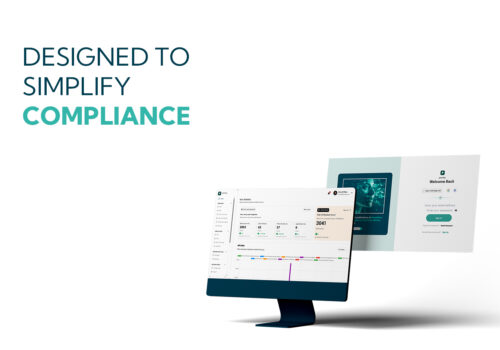A Suspicious Transaction Report (STR) is a formal notification that a financial institution submits to its country’s financial intelligence unit or any regulatory agency when it detects activity that may involve money laundering, terrorism financing, fraud, or other illicit conduct. STRs, sometimes called SARs (Suspicious Activity Reports), are a cornerstone of modern transaction-monitoring programs.

An STR in IdentityRadar by Prembly is a structured report automatically or manually generated when suspicious or abnormal financial activity is detected. This report is a critical tool for compliance officers to investigate, document, and escalate potentially illicit behaviour in accordance with Anti-Money Laundering (AML) regulations.
How STR Works in IdentityRadar by Prembly
1. Transaction Monitoring & Behaviour Detection
Radar continuously monitors transactions through a hybrid approach involving
- Rule-based logic: Predefined conditions such as amount thresholds, transaction frequency, and time-based limits.
- Behavioural models: anomaly detection, peer group comparisons, and trend shifts.
- Entity profiling: Risk scoring based on KYC data, historical activity, and AML watchlists.
When a transaction deviates from expected behaviour, the system raises an alert, which can then trigger an STR generation.
2. STR Generation Process
a. Trigger Event
An STR is initiated when a transaction or series of transactions matches suspicious criteria such as
- Exceeding set thresholds
- Involving high-risk jurisdictions
- Engaging flagged or blacklisted entities
- Structuring behaviour (e.g., “smurfing”—multiple small deposits)
- Abnormal transaction velocity or frequency
b. Data Capture
Once flagged, Radar automatically gathers and logs relevant data points:
| Field | Description |
| Transaction ID | Unique identifier of the suspicious transaction |
| Entity Info | Customer profile, KYC status, and risk rating |
| Transaction Details | Amount, type (e.g., transfer, deposit), currency, and timestamp |
| Location | Geographic origin (IP-based or device-based) |
| Detected Behaviour | Rule(s) or model(s) that triggered the suspicion |
| Related Entities | Linked accounts, beneficiaries, or counterparties |
| Risk Factors | Sanctions hits, PEP status, adverse media links |
| Internal Notes | Comments or observations from the compliance team |
| Attachments | Supporting evidence such as screenshots, documents, or system logs |
c. Report Storage
Each STR is securely stored and includes:
- STR ID – Unique identifier
- Status (e.g., Pending, In Review, Declined)
- Timestamps—for tracking creation and updates (audit trail)
3. Custom Template Support

Radar allows compliance teams to generate STRs using custom templates tailored to their specific reporting needs or regulatory jurisdiction.
- Templates can define field structure, formatting, required data, and output style (e.g., PDF, JSON).
- Users can choose from preloaded templates or upload their own, enabling flexible compliance workflows across different regions or industries.
This ensures consistent documentation while adapting to diverse legal and operational requirements.
Why STRs Matter
- Regulatory Compliance: Filing is legally mandated; failure can result in hefty fines, license revocation, or criminal liability.
- Deterrence & Detection: STRs feed national and international databases that help law-enforcement agencies trace illicit finance, disrupt criminal networks, and safeguard the financial system.
- Reputational Protection: Demonstrates a firm’s commitment to robust anti-money-laundering (AML) controls, helping maintain trust with regulators and customers.
Get Started
IdentityRadar’s STR system automates suspicious activity detection and simplifies compliance reporting. By combining monitoring, intelligent behaviour analysis, and flexible reporting, Radar equips compliance teams to act swiftly and accurately in mitigating financial crime risks. Want to set up your automated STR reporting, book a time with our team here.







